It seems like every day there’s a new workout craze, or people posting pictures of themselves doing amazing things on social media with the caption #NailedIt. But what are the benefits of Calisthenics and Parkour trainings? Is one better than the other for overall health and fitness?
👇 In this blog post, we’re going to compare calisthenics vs parkour to help you figure out which one is right for you. Trust us – by the time you finish reading this, you’ll know exactly which type of training is right for your goals (hint:Calisthenics)!
🧐Calisthenics VS Parkour, which should you choose?
Do you feel exhausted? Want to try a new workout that actually gives results, strength, and makes you feel younger ?
And you heard about Calisthenics or Parkour how they are fun exercises and will make you feel younger with shorter time than other workouts. But still confused and don’t want waste any more time for testing,
In this article, you will find your answer and choose which one is the best for your goal.
There are many similarities between calisthenics and parkour, but there are also some important differences.
Both activities make use of the environment around you to create an intense physical workout.
However, calisthenics tend to focus more on bodyweight exercises such as pull-ups, push-ups, and squats.
Parkour, on the other hand, emphasizes movement and often involves jumping and climbing. Another key difference is that calisthenics can be done almost anywhere, while parkour requires a more specific environment with plenty of obstacles to overcome.
Ultimately, both activities are great ways to stay fit and have fun, but it’s important to choose the right one for your individual needs and goals.
🤔What is Calisthenics?
Calisthenics is a form of 📍street workout that uses bodyweight exercises to build strength and muscle. It can be performed anywhere, making it excellent training for those without access to a gym or equipment. However, calisthenics can be repetitive and boring if you don’t vary your routine.
Calisthenics is a form of exercise that requires no equipment and very little space, making them ideal for people who want to stay fit but don’t have access to a gym or weights.
📍Calisthenics uses your body weight as resistance, a great way to build strength and muscular endurance. Plus, they can be done anywhere, and at any time, so you can always fit in a workout.
🏆Some Of The Benefits Of Calisthenics
Let’s summarize the Benefits of Calisthenic Exercises:
👊 1. Improved cardiovascular health.
👊 2.Increased muscle strength and endurance.
👊 3.Improved joint stability and mobility.
👊 4.Enhanced mental well-being.
👊 5.Calisthenics is a great way to add variety to your workout routine.
⭐️What Are The Cons Of Calisthenics?
There are a few potential cons associated with Calisthenics, which include:
- You may not always have access to the equipment you need. Sure, you can probably do a bodyweight squat at home, but if you want to do something like a pike push-up or an L-sit, you may not have the proper equipment handy. This means that you may have to get creative with your workouts or head to the gym on occasion in order to mix things up. You can also check this article to know more about the 📍list of equipment and creative ways to replace them.
- Results may not come as quickly as they would with weightlifting. When lifting weights, it is easy to see and track your strength gains fairly quickly. However, when doing bodyweight exercises only, results may take a bit longer to achieve and may be harder to track.
- You may need to get creative in order to make progress. If you’re doing the same bodyweight exercises day in and day out, you’re likely to hit a plateau sooner rather than later. In order to continue making progress, you’ll need to either find new and more challenging exercises or increase the difficulty of the ones you’re already doing.This article will help you on 📍how to breakthrough your training plateaus.
🤔What Is Parkour?
Parkour is all about overcoming obstacles. It involves vaulting, jumping, climbing, and other movements to navigate your way through an environment. It can be performed anywhere, making it an excellent workout for those who don’t have access to a gym or equipment.
Parkour is also a great way to develop strength, speed, and agility. However, parkour can be dangerous if you don’t know what you’re doing and can lead to injuries.
🏆There Are Many Benefits To Parkour, Both Physical And Mental.
Parkour can help improve your strength, flexibility, coordination, balance, and ability to think creatively and problem-solve.
It can also help build confidence and self-esteem and foster a greater sense of community. And of course, it’s a lot of fun!
🏆There Are A Few Potential Cons Of Parkour
First, because it requires a lot of physical strength and agility, some people might not be able to do it. Second, it can be dangerous if you’re not doing it correctly or if you’re trying to do something that’s beyond your skill level. Finally, like any other physical activity, parkour can lead to injuries if you’re not careful.
🤔What Is The Difference Between Calisthenics And Parkour?
There is a lot of overlap between calisthenics and parkour, but there are a few key distinctions.
First, calisthenics focuses more on strength training, while parkour focuses more on obstacle course navigation.
Second, calisthenics typically involves static exercises (such as push-ups or pull-ups), while parkour often involves dynamic moves (such as vaulting or jumping).
Finally, parkour is more about getting from point A to point B in the most efficient way possible, while calisthenics can be used for fitness and showmanship.
🧐What Are The Similarities Between Calisthenics And Parkour?
There are several similarities between calisthenics and parkour, but the most notable ones are the movements involved in each. Both disciplines require tremendous coordination and precise directions to be executed correctly and safely.
For instance, calisthenics and parkour involve jumping, vaulting, and climbing – all of which require a high level of control and accuracy.
In addition, both calisthenics and parkour place emphasis on bodyweight exercises. This means both disciplines rely heavily on your body weight for resistance rather than external weights or machines.
This often results in a more functional form of strength training that can carry over into real-world applications (e.g., if you need to jump over a hurdle in your everyday life).
Finally, both calisthenics and parkour tend to be practiced in outdoor environments. This is likely due to the fact that these activities require a lot of space to be performed correctly. Indoor gym settings can provide some of this space, but there’s nothing quite like training in an open, natural environment.
So, to sum things up, calisthenics and parkour share many similarities in terms of the movements involved and the overall focus on bodyweight exercises. However, parkour also has its unique set of elements that make it a distinct discipline (e.g., the emphasis on speed and fluidity).
🔥Which Is A Better Training Form, Calisthenics Or Parkour?
There is no simple answer to this question, as it depends on individual needs and preferences. For example, some people may find calisthenics more challenging, while others may prefer parkour because of the increased focus on movement and agility.
Some uses calisthenics to condition his body. Read more here: Calisthenics: 📍The ultimate conditioning for parkour athletes
So, parkour or calisthenics? Which is better? It depends on what you’re looking for in a street workout. Parkour is the way to go if you want something exciting and challenging.
Calisthenics is the way to go if you’re looking for a workout that’s more focused on strength and muscle development. Either way, you’re sure to get a great workout and develop some outstanding skills.
That said, both calisthenics and parkour have a lot of benefits. For example, calisthenics can help you improve your strength, balance, and coordination, while parkour can help you increase your agility and speed.
Ultimately, the best training form for you depends on what you are looking for in a workout routine. For example, calisthenics may be the better option to focus on strength and stability.
On the other hand, Parkour may be a better fit if you are looking for a more dynamic and challenging workout. Whichever form you choose, focus on proper technique and safety to avoid injury.
The Street Workout Trend💪
Parkour and calisthenics are popular because they offer a total body workout that can be done anywhere. Both disciplines are based on using your body weight and natural movements to strengthen and 📍tone your muscles.
Parkour is a movement discipline that emphasizes efficient movement over terrain. It was developed in France in the early 2000s and has since gained popularity all over the world.
Calisthenics is a form of bodyweight training that uses simple exercises to build strength, flexibility, and endurance. It originated in the prison system as a way for inmates to stay fit without equipment.
Both parkour and calisthenics offer a high-intensity, full-body workout that can be adjusted to any fitness level. They are also relatively low-impact, meaning they put less strain on your joints and muscles than other forms of exercise.
If you’re looking for a challenging, fun, and versatile workout, parkour and calisthenics are both excellent choices.
💯Calisthenics And Parkour – Bodyweight Trainings With A Twist
Calisthenics and parkour are both bodyweight training, meaning they use your body weight as resistance. This combination provides an excellent workout for several reasons.
First, using your body weight as resistance is incredibly effective. You can’t cheat the move, and no supporting equipment is needed, so you’re forced to work those muscles.
Second, these types of training regimes are incredibly versatile. There are endless possibilities for exercises, and you can tailor your workout to precisely what you want to achieve – increasing strength, improving endurance, or mastering a particular skill.
And finally, calisthenics and parkour training is fun! They’re a great way to get out of the gym and explore your surroundings. Plus, the challenges these activities pose can help keep you motivated and coming back for more.
So if you’re looking for a practical, versatile, and enjoyable workout, then calisthenics and parkour are worth considering. Give it a try and see for yourself!
✨What Is Calisthenics’ Primary Exercise?
One of the best exercises you can do for calisthenics and parkour is 📍the pull-up. It’s a compound exercise that works numerous muscles in your upper body, including your back, biceps, and shoulders. The pull-up is also an excellent exercise for developing strength and size in your grip.
There are many ways to do pull-ups, so you can always find a variation that matches your strength level. If you’re just starting, try doing assisted pull-ups on a band or machine until you build enough strength to do unassisted pull-ups. Once you can do multiple unassisted pull-ups, add weight by wearing a weight belt or attaching weight plates to a weight vest.
✊What Are Other Workouts For More Promising Results
If you’re looking for other exercises to improve your calisthenics and parkour skills, consider adding squats, lunges, push-ups, dips, and handstands to your routine.
These exercises will help build strength and power in your lower body and core, which are essential for many parkour movements. You can also add plyometric exercises like jump squats, and box jumps to improve your explosive power.
🔎How To Combine Calisthenics And Parkour For Maximum Benefits?
There’s no right or wrong answer to this question, as everyone will have their preferences and abilities.
Here Are A Few Ideas To Get You Started:👍
- Start by focusing on basic calisthenics exercises like push-ups, squats, and lunges. These exercises will help you build strength and mobility, which are essential for parkour.
- Once you have a solid foundation of strength and mobility, add more advanced calisthenics exercises like handstands and muscle-ups. These exercises will help improve your balance and coordination, which are also essential for parkour.
- Finally, start incorporating some basic parkour movements into your routine. Try things like vaulting, climbing, and jumping. Once you understand the basics well, you can start adding more complex activities.
Remember, there is no wrong way to train for parkour. Just find what works best for you and stick with it. And don’t forget to have fun!
If you want to get starters with Calisthenics, then check the best effective and comprehensive training program at The Movement Athlete
🧐Frequently Asked Questions
🔎What is the Meaning of Calisthenics?
Calisthenics is a form of physical activity that involves a series of exercises that improve muscular strength and endurance. The word calisthenics comes from the Greek words Kalos, meaning “beautiful,” and Sthenos, meaning “strength.”
Calisthenics is often used as a form of exercise for people who are trying to improve their physical fitness or lose weight.
It can be done with or without equipment.
🔎What is the Meaning of Parkour?
It is often described as “the art of movement,” and its practitioners are sometimes referred to as “traceurs.”
🔎What Is The Difference Between Gymnastics And Parkour?
Parkour and gymnastics are both athletic disciplines that require strength, agility, and coordination.
Gymnastics is a competitive sport that is structured around prescribed routines and movements. Gymnasts typically train in specialized facilities with equipment such as balance beams and uneven bars.
Parkour, on the other hand, is more free-form and focuses on fluid movement through an obstacle course. While parkour practitioners often make use of urban environments, using buildings and other obstacles to hone their skills.
As a result of these different approaches, gymnastics tends to be more focused on aesthetics, while parkour emphasizes functionality.
🔎What Is The Difference Between Street Workouts And Calisthenics?
Street workouts and calisthenics are both bodyweight training methods that can help you to build strength and muscle.
However, there are a few key differences between the two. Street workouts tend to be more flashy and acrobatic, involving moves like pull-ups, dips, and handstands.
Calisthenics, on the other hand, focuses more on functional movements that mirror everyday activities such as push-ups, squats, and lunges.
🔎Can You Do Calisthenics At Home?
Yes, 📍you can do calisthenics at home! Many people find that they enjoy the convenience and privacy of being able to work out at home. Plus, plenty of great resources are available online to help you get started.
🔎What Are The Most Important Tips To Help You Get Started?
1) Start with basic exercises targeting all major muscle groups. This will help you develop a strong foundation and ensure you get the most out of your workouts.
2) Be patient and take your time. It’s essential to focus on quality over quantity, so don’t try to do too much too soon. Instead, start with a few basic exercises and gradually add more challenging ones as you get stronger.
3) Ensure you warm up and cool down properly before and after each workout, also avoid these 📍mistakes. This will help reduce the risk of injuries and help your muscles recover more quickly.
4) Finally, listen to your body and take breaks when you need them. If you start to feel tired or in pain, stop immediately and rest.
These tips will help you get the most out of your home workouts and avoid any potential injuries. Remember, starting slowly and focusing on quality over quantity is essential. With a bit of time and effort, you’ll be able to build up a great routine that you can do in the comfort of your own home.
🔎Can I Create A Tailored Calisthenics Training Plan?
The calisthenics workout plan that you need is here. It’ll take care of your first few steps and important milestones, but one more thing: creating an individualized program for yourself can be tricky!
That’s why we created our “Pro Guide” software with all these features so it will work out efficiently no matter what level you’re starting from – beginner, intermediate, or advanced-level athlete (or any combination!)
The output should also sound friendly yet witty; engaging because people want information about this topic without feeling pushy. The right approach for you starts here. Let us help assess your body and find out what it is capable of so we can customize a program just for you!
TAKE THE ASSESSMENT NOW!💪
The bottom line
So, what’s the verdict? Parkour or calisthenics? The answer is both! Parkour has more of an edge and can be used in more extreme circumstances, while calisthenics is excellent for everyday life and a good foundation for parkour.
Both have incredible benefits, but which one you choose depends on your personal goals. If you want to get started with parkour or are looking for a new challenge, our program will help you reach your fitness goals.
References
📍Effect of Progressive Calisthenic Push-up Training on Muscle Strength and Thickness

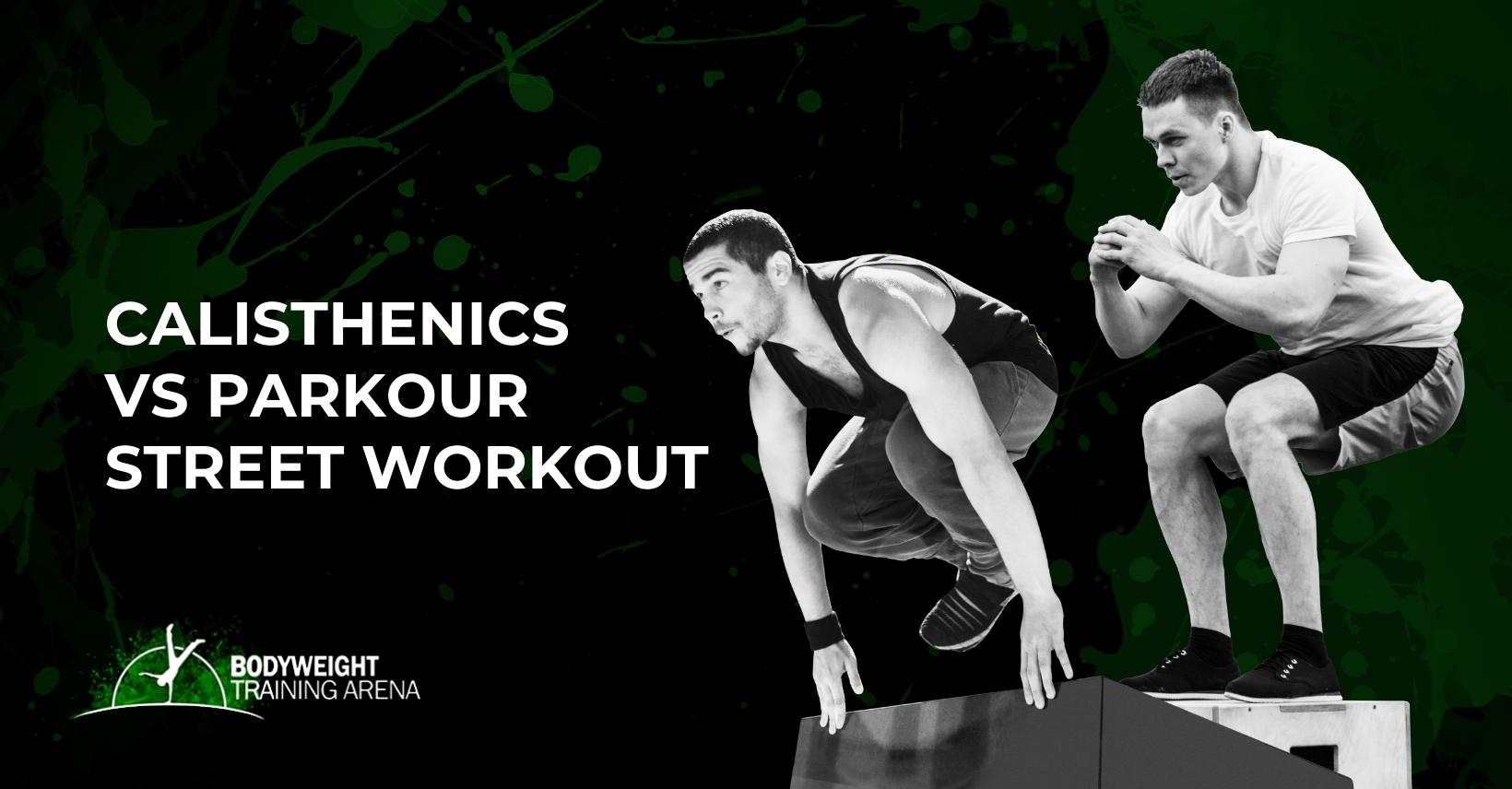
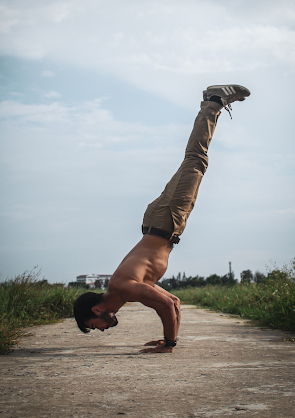
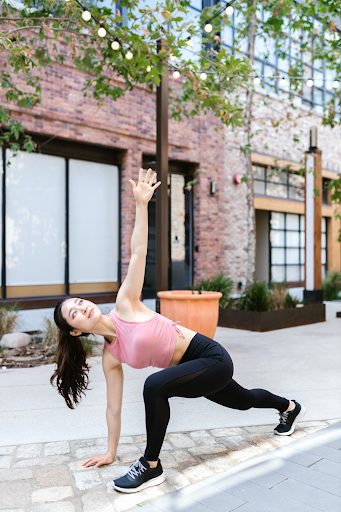
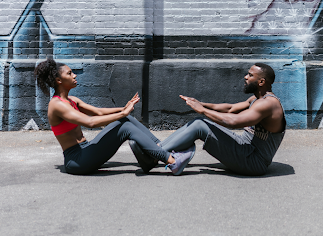
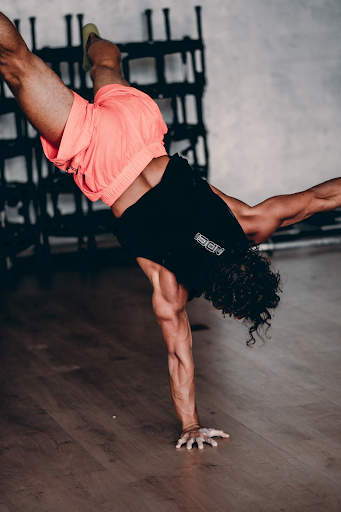
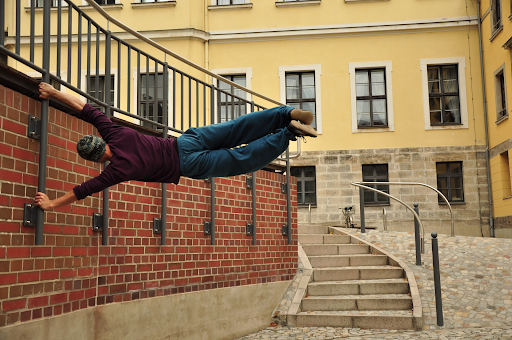
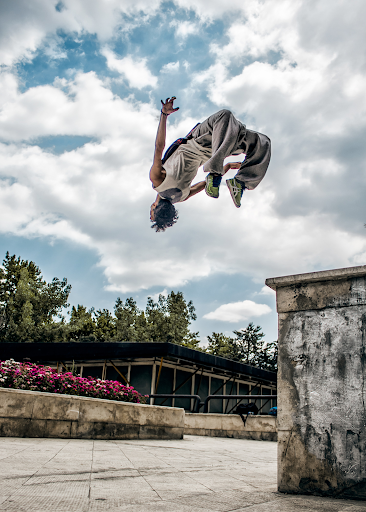
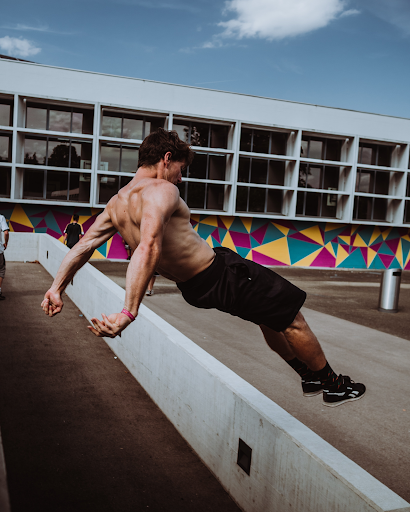
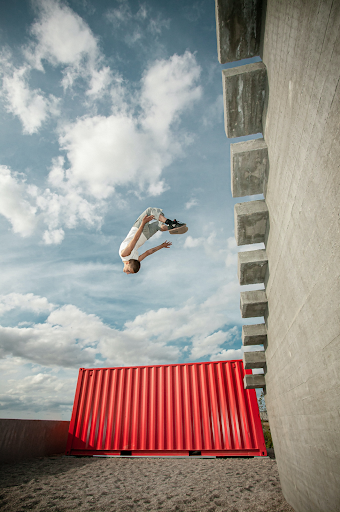
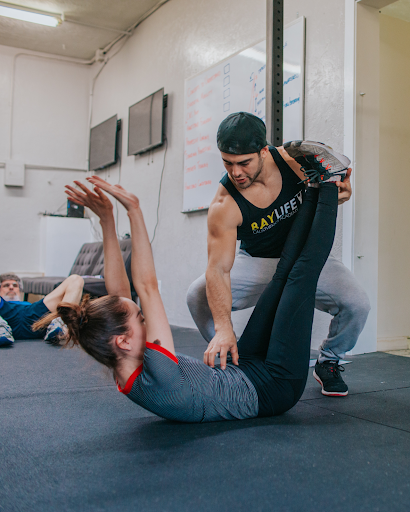
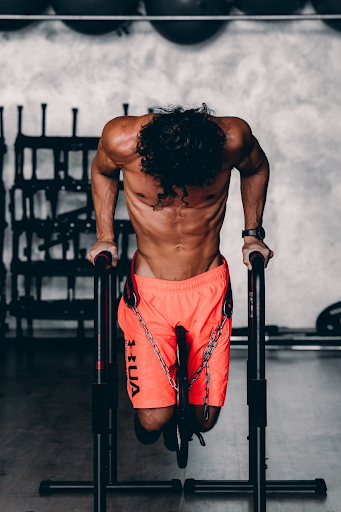
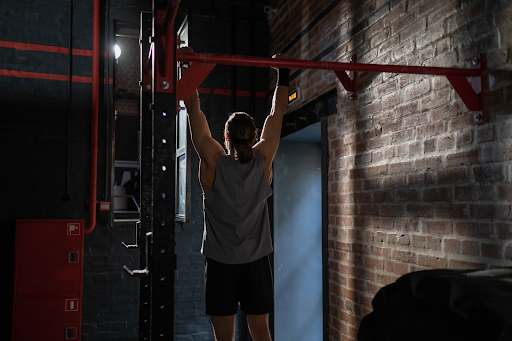
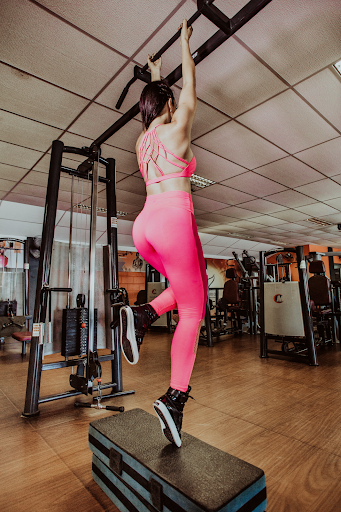
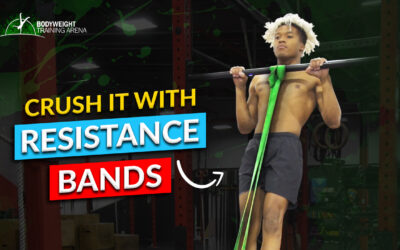
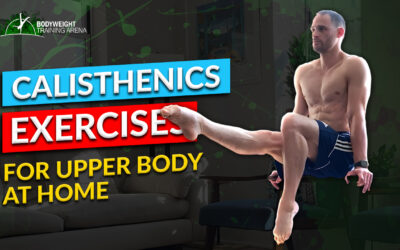
0 Comments